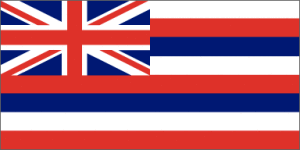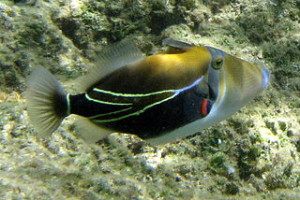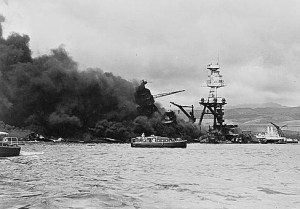Pineapple was brought to Hawaii for cultivation in 1813. According to some sources, Don Francisco de Paula y Marin, Spanish adviser to King Kamehamaha I, brought the first pineapples to the islands. Pineapple plantations became common. However, the pineapple really became popular when canning processes allowed preserved pineapple to reach the mainland. By 1930 nine million cases of pineapple were exported. In 1955 pineapple production peaked at 76,700 acres. Today pineapple is not as important to the economy of Hawaii. Pineapples are grown in other countries, including the Philippines, Thailand, and Costa Rica. Idea: Children could prepare and eat fresh pineapple. They could also find out how pineapples are grown.
Coffee was first planted along the Kona coast of Hawaii in 1817. Kona coffee, grown in the soil of volcanic mountains, is very expensive. Often Kona coffee is blended with other beans. In 1997 about two million pounds of green Kona coffee beans were harvested. In 2019, almost 7,000 acres produced over 2.5 tons of green coffee.

Hawaii’s Flag
Hawaii was annexed to the United States in 1898. Children could find out how the United States obtained the islands at: Hawaii.

Humuhumunukunukuapuaa
Photo courtesy of Dwijnker
Hawaii became the fiftieth state of the United States in 1959. Evidence indicates people lived on the islands as early as AD 500. James Cook first visited Hawaii in 1778, and he died there in 1779. Honolulu is the state capital, and the state’s nickname is the Aloha State. Hawaii is the 8th smallest state in area and the 11th least populated state. Since the development of the jet airplane, the islands have become quite a tourist spot. Scientists are trying to channel the geothermal energy from the volcano Mauna Loa. The state fish is the humuhumunukunukuapuaa. Children could visit an Internet site at: Hawaii. Idea: Children could plan a simple luau.

Attack on Pearl Harbor
Pearl Harbor, Hawaii, was attacked by the Japanese in 1941. President Roosevelt called the day “a date that will live in infamy.” The Japanese airplanes attacked early in the morning. They destroyed almost the entire Pacific Fleet and approximately 200 airplanes. Almost 3,000 people were killed in the hour-long attack. This event brought about America’s entrance into World War II. Children can learn more about the bombing of Pearl Harbor at: Pearl Harbor.